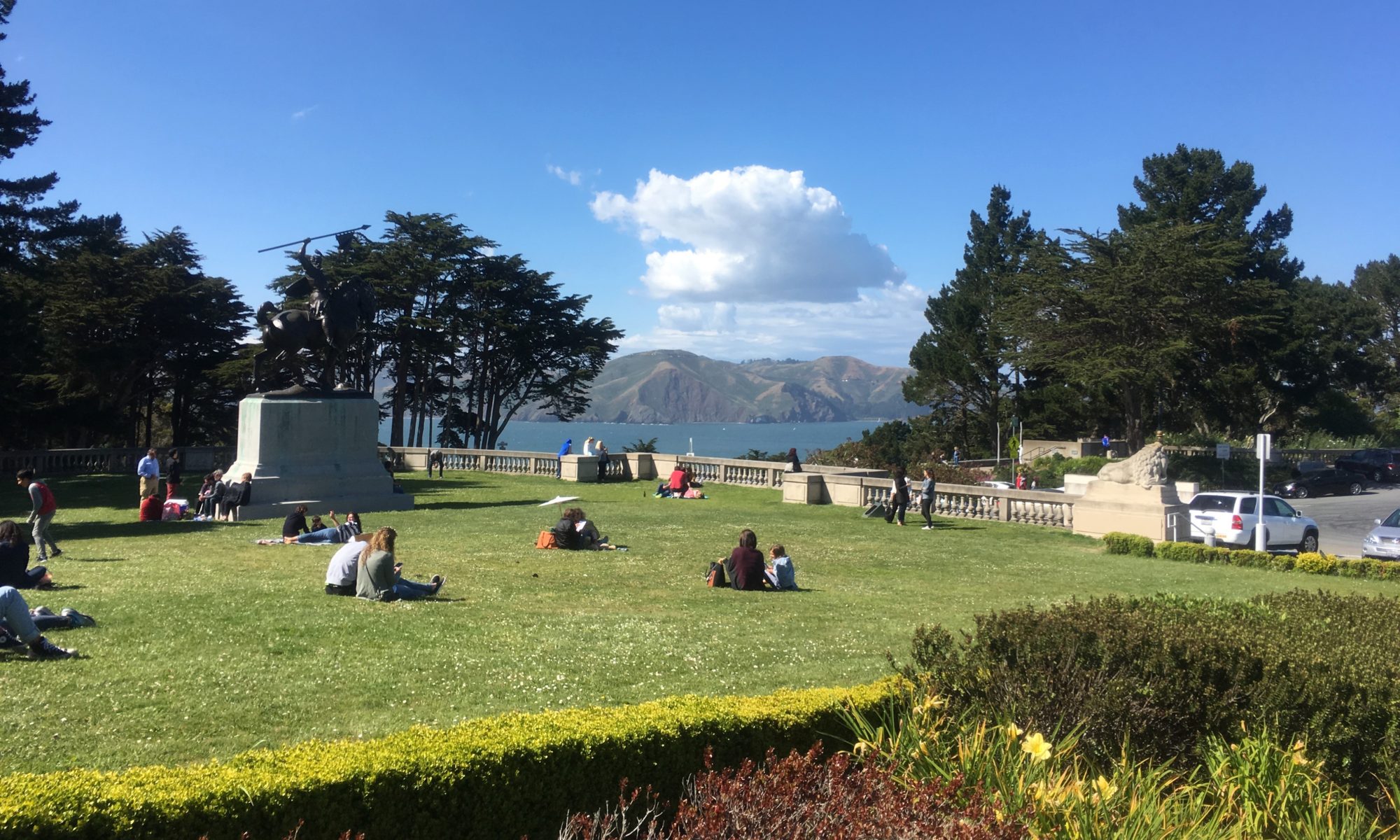By Tim Redmond : 48hills – excerpt
First report released on buying out PG&E.
San Francisco is taking another big step on the path to create a municipal public power system, a plan that would reduce carbon emissions, bring in hundreds of millions a year in revenue—and fulfill a legal mandate that dates back to 1913.
The Planning Department just released its Draft Environmental Impact Report for the project, which will come before the commission for a public hearing April 17.
Much of the material in the DEIR is technical, and involves how the city would take over, rebuild, or connect to the Martin Substation on the border with Daly City. That’s the facility that turns high voltage power from the city’s own Hetch Hetchy generating facility and other sources into commercial and residential electricity.
The report suggests several options for that facility, and for the modest amount of trenching that might be needed to connect power lines.
But the real information is here … (read the details online)
The city has asked the state Public Utilities Commission to come up with a number for the value of PG&E’s assets. When that happens (and it keeps getting delayed, now we are hearing 2026), San Francisco can go to court, condemn the property under eminent domain, and buy it at the market price.
None of this will cost the taxpayers a penny, and will have no negative impact on the city budget. The SFPUC can issue revenue bonds, backed only by the projected income from retail electricity sales. There would be zero financial risk to the city; if the project doesn’t pencil out, Wall Street’s not going to buy the bonds anyway.
But the upside is huge, both in terms of clean energy and finances. PG&E has just asked the state PUC to allow it to raise rates, yet again—this time to offer more profit to the shareholders. The Budget Analyst and the Controller would have to run the numbers, but every time I’ve looked at this, the data shows the city would net more than $500 million a year—after paying the interest on the bonds, and paying to move PG&E workers into the city system in the same union at the same pay, and maintaining the lines and every other cost. And rates could be much lower.
Meanwhile, the city could move quickly to encourage solar panels on roofs and develop wind power and head toward a carbon-free grid …(more)
As we have noted, the state of California through the SFPUC, is doing everything in its power to encourage big energy companies to raise the utility rates and discourage private solar power production. Please support all the efforts of https://solarrights.org to protect and expand independent solar production in California.
When you consider who to support for the next governor and state representatives, you might consider who is LEAST likely to continue the assault on independent producers and other renewable sources of energy at lower costs to consumers.

